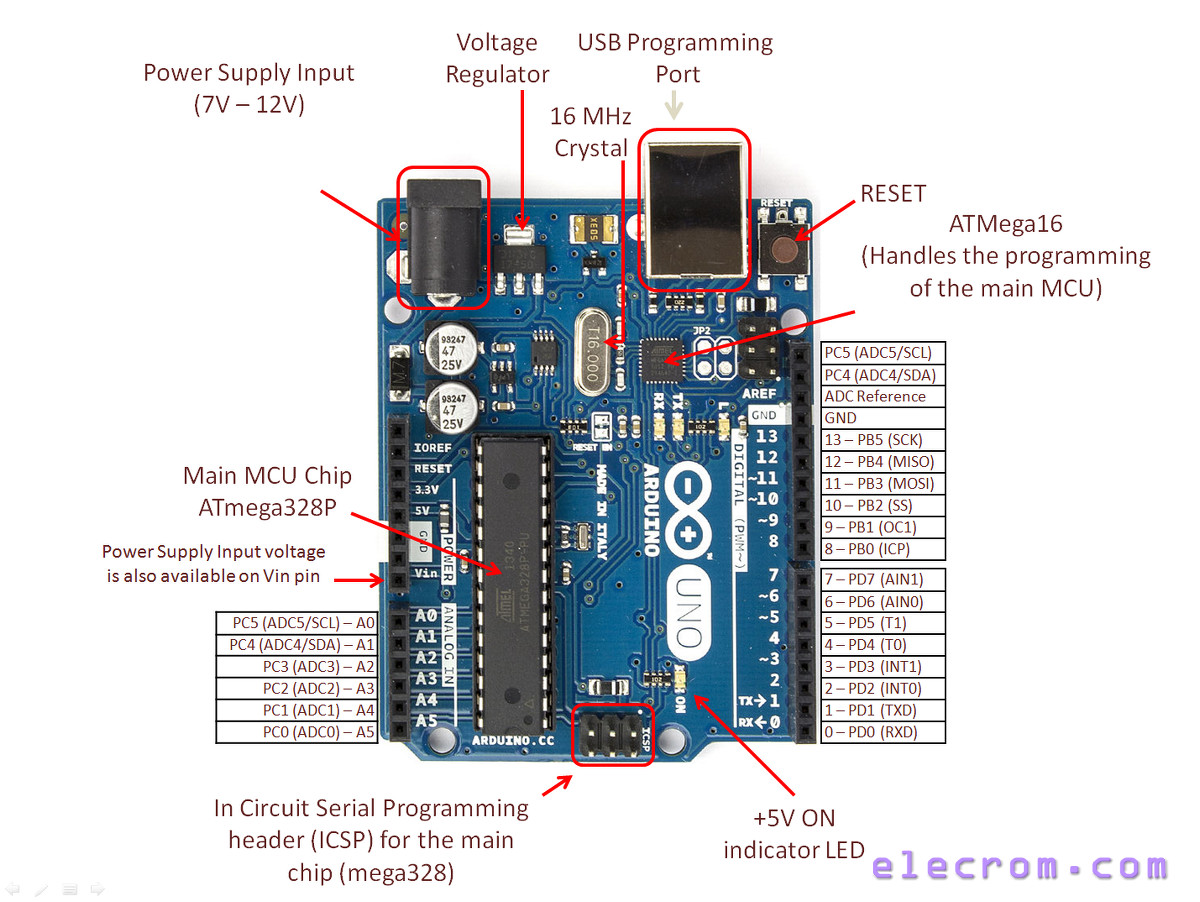
So, to get started, open up the Marlin firmware Configuration.h in the Arduino IDE and work down the notes below. Seeed's site does mention they are working on a 1.1 version of the board that moves SPI to the ICSP header. To get the 3d printer up and running you only need to configure one file in the Marlin firmware and that file is the Configuration.h. Arduino Mega 2560 has 54 digital input/output pins, where 16 pins are analog inputs, 14 are PWM pins, and 6 are hardware serial ports (UARTs). A better design would have been to use the SPI pins on the ICSP header which is consistent on the Uno, Mega, Due and Leonardo but such is life and we have to work with what is available right now. They used pins 11,12,13 to access SPI on the Uno.

The CAN-BUS shield incompatibility with Arduino boards other than the Uno arises from where Seeed chose to access the SPI pins. The Nano board weighs around 7 grams with dimensions of 4.5 cms to 1.8 cms (L to B).
ARDUINO MEGA PIN CONFIGURATION HOW TO
In this post I am going to show how to use the Seeed CAN-BUS shield with an Arduino Mega 2560. The Arduino Nano, as the name suggests is a compact, complete and bread-board friendly microcontroller board. While the title of this document refers to digital pins, it is important to note that vast majority of Arduino (Atmega) analog pins, may be configured, and used, in exactly the same manner as digital pins. This document explains the functioning of the pins in those modes. The Seeed website had some info on how to use the shield with a Mega but their info was not complete and did not work for me. The pins on the Arduino can be configured as either inputs or outputs.

Step 2: Access to ESP8266 Pins Here, I show the back of the board, where there is a table that displays access to the ESP pins.

I sourced this info from a few different forums and thought I would write up a complete post on exactly how to do this. All the pinning is completely compatible with the ATmega pinout. The Seeed Studio CAN-BUS shield is designed specifically to be used with an Arduino Uno but with a simple modification you can use it with several other Arduino boards.


 0 kommentar(er)
0 kommentar(er)
